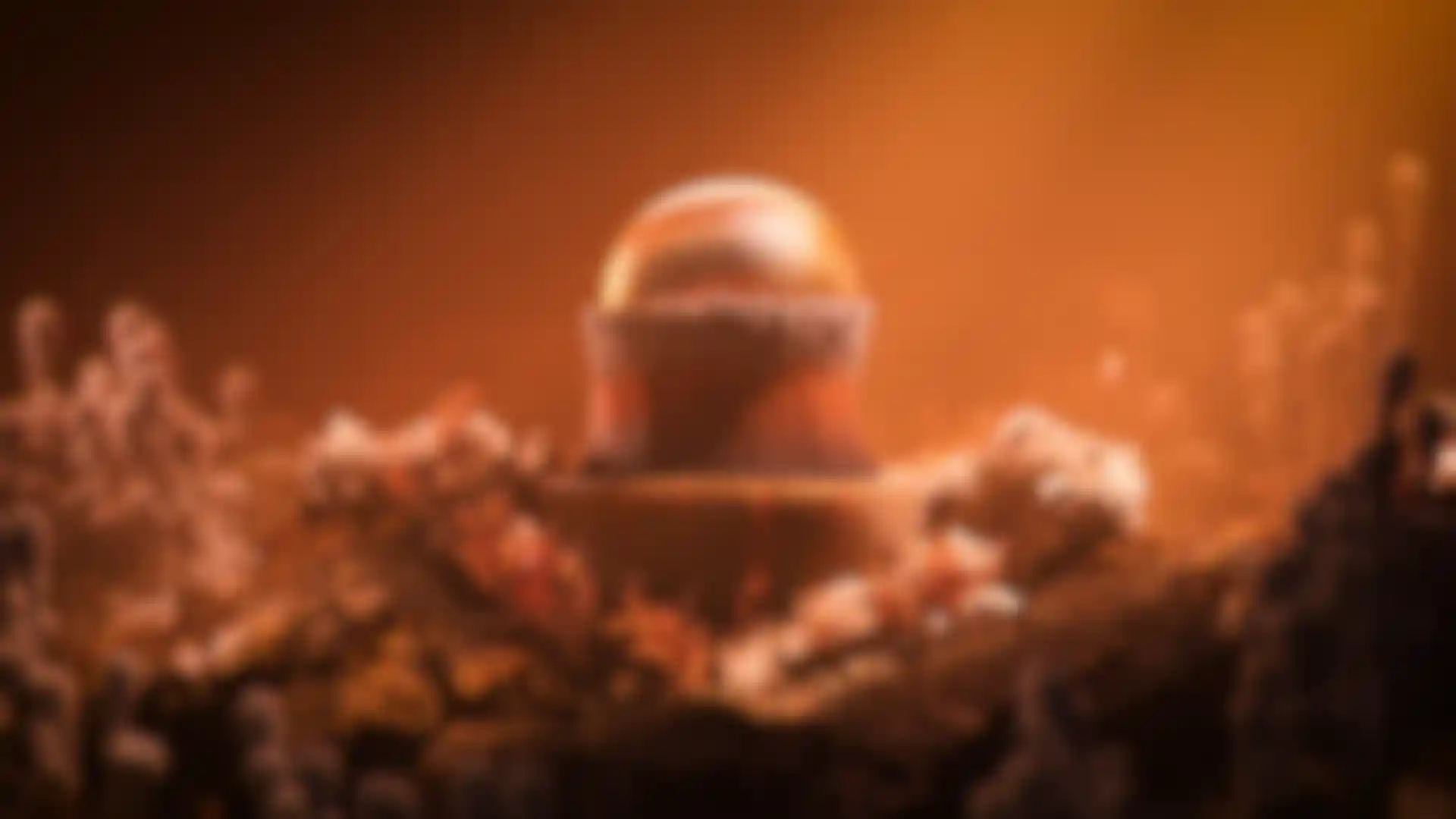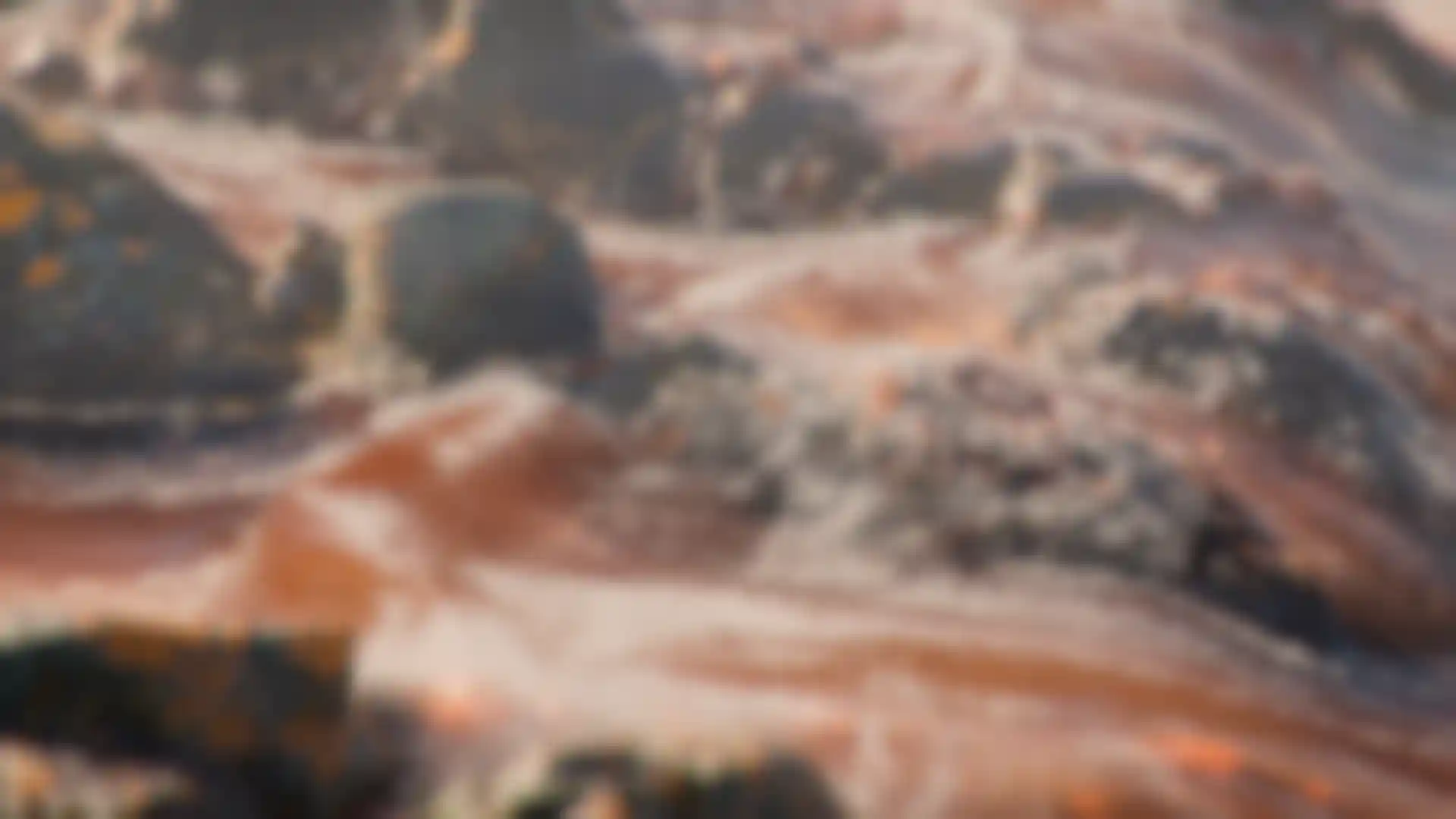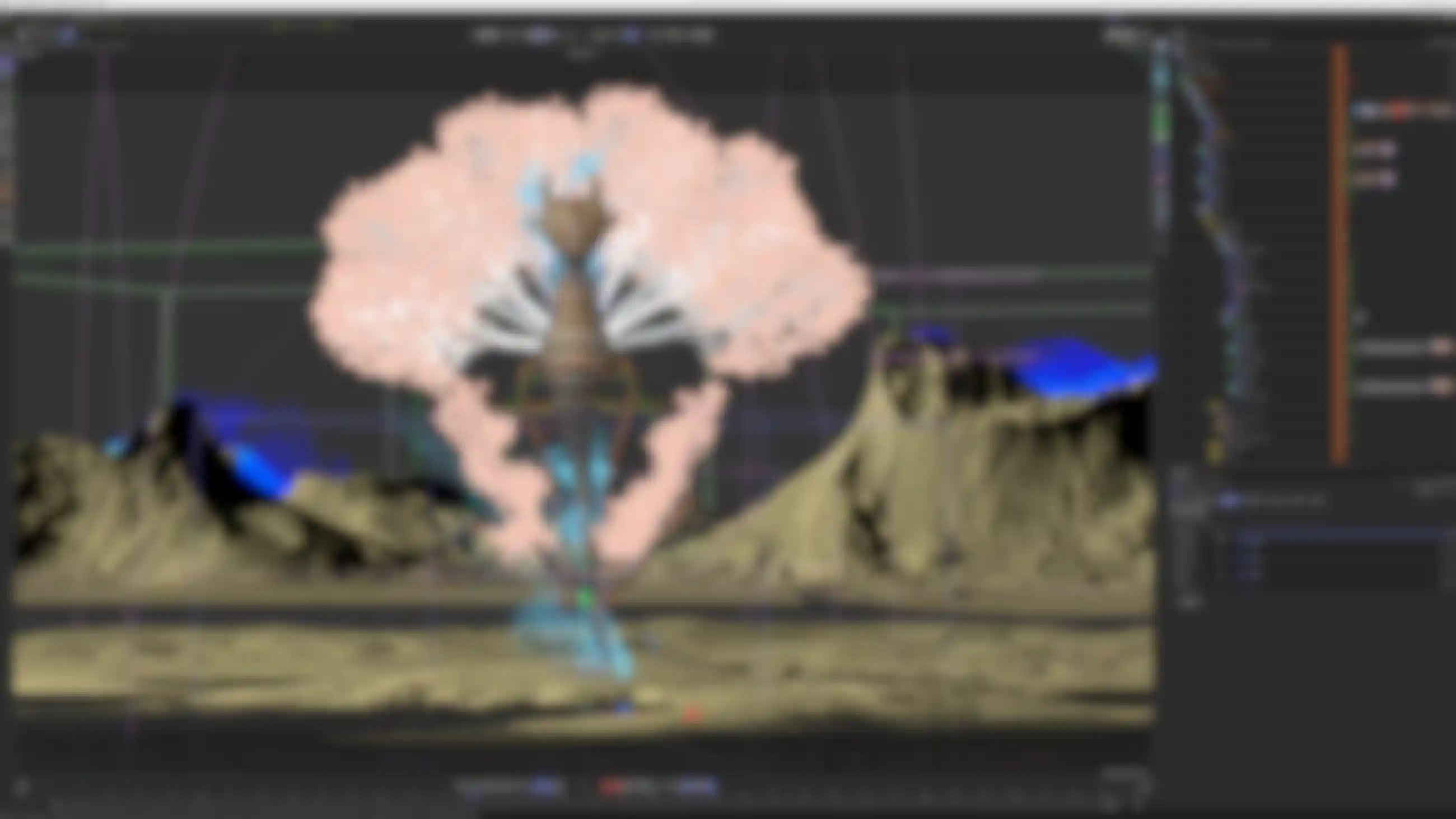
Using 3D to Visualize the Beginning of Life Inspired by the upcoming birth of his son, Director Nejc Polovsak used Maxon One to create a magical short film.
Nejc Polovsak, a Ljubljana, Slovenia-based director and designer, has a distinct visual style that reflects his belief in the evolution of artistic expression. His latest endeavor, a short film called "Birth," is a mesmerizing exploration of mystical themes.
As he worked on the film Polovsak navigated the complex technical challenges of simulating various natural elements, employing Cinema 4D, Houdini, Redshift and more to realize his vision.
We spoke to him to learn more about the film and his creative process and here is what he told us.
Tell us about yourself and the type of work you do.
Polovsak: My name is Nejc (pronounced "Nates"). I discovered my passion for 3D about two decades ago and have been immersed in this field for half my life. While initially studying computer science, a friend introduced me to 3D, which I began to learn as a hobby.
Eventually, I secured a full-time job, which I kept for a few years. I transitioned to freelance and have been working independently ever since. While I did a lot of studio work in the past, my recent focus has been on direct client work as a designer and art director, while also engaging in studio collaborations sometimes.

What inspired the mythical being in your film “Birth?”
Polovsak: Working on personal projects has been a big part of my career, and I wanted to create another short film, one that delves into something mystical and poetic, showcasing an otherworldly life form coming to life. I was inspired by the upcoming birth of my son and I reflected on a few older projects of mine, “Mothership” and my “Pause Fest” ident.
My aim was to create something more organic and lifelike, moving away from overly abstract concepts. The creature's design draws inspiration from existing animals, like the seahorse, and a specific type of caterpillar influenced the design of the creature's head. The rest of its appearance emerged from the design and exploration process.

What was your development process?
Polovsak: I approached the creation of this film very organically and naturally. I started with a rough concept and knew that finding the right art direction was crucial. I started by designing the creature and creating its origin environment. It just took time to evolve through several iterations to achieve a look that resonated well.
Originally, I envisioned the entire film taking place underwater, but after some experimentation, I shifted the ending to be above water, so there were two distinct environments. I liked the idea of the creature emerging from a bubble-like egg.

The egg's design was inspired by the shape of a specific type of eucalyptus flower. Upon seeing it, I knew it was an excellent starting point and with the egg and creature designs established, I had a clear visual direction. The rest of the shots evolved from the process of storytelling and figuring out the narrative along the way.
Which Redshift features were most helpful?
Polovsak: I used volumetrics extensively, which were crucial in all underwater shots and in the final above-water shots to add depth and scale, and I frequently utilized instancing, which is quite efficient for generating numerous objects.
There are many displaced textures, as well as motion blur in several shots. I usually strive to push the degree of finish directly in Cinema 4D, minimizing the need for much post-production. The final film closely resembles the output from Redshift’s beauty pass.
Talk about the simulations involved in the film.
Polovsak: Creating this film was technically challenging, as it involved simulating a lot of different elements like, water, smoke, particles, ropes, soft bodies, cloth, hair, and growing plants. I carefully crafted each simulation shot and worked to ensure things had a consistent look and behavior, so they felt like they all belonged to the same world.
For particles and water, I used X-Particles, and I also used Houdini for some things. Everything was brought into Cinema 4D for final development, animation, and rendering.


What's next for you and your studio?
Polovsak: I'm trying to work in a slightly different manner, one that allows for more creative freedom and flexibility in my schedule. There are still lots of people I'd love to collaborate with, and I’m always looking for new clients. I'd love to figure out how to expand, but not necessarily in a classic studio kind of way. I may also want to find time to better share my knowledge and help people starting out.
Lewis McGregor is a filmmaker and content writer in Wales.